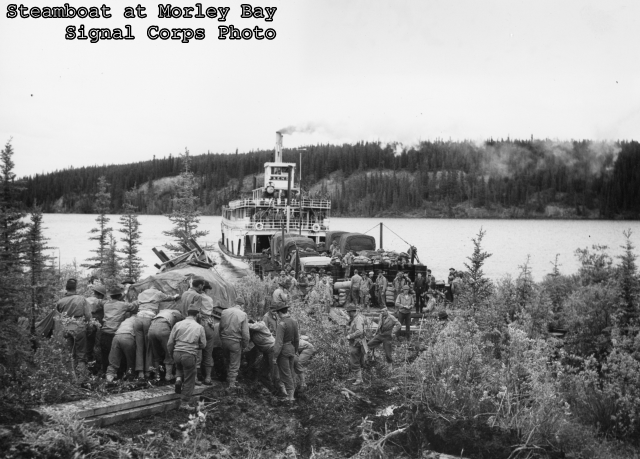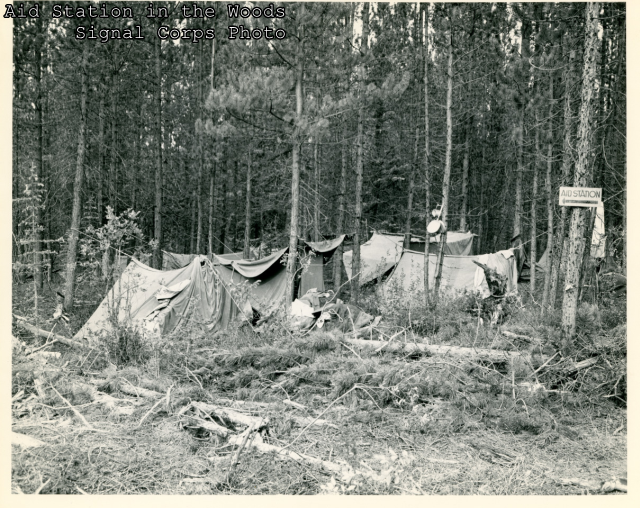
Bodies, corpses, populated Charlie Lake after Colonel Lane’s raft capsized.
The Colonel, determined to bypass the bottomless mud north of Fort St John, had dispatched the raft. Now, horrified, he rushed to the scene. He found Gus, the old trapper who had tried to rescue them, and the two men rowed Gus’ skiff out to where the accident had occurred. Bill Leonard, Lane’s assistant, came up to meet them in a single pontoon boat. “We searched the vicinity and the nearby shores but were unable to find any more of the men.”
A crew from the regiment came up, and one of them, Wallace Lytle, remembered, “We was out searching for the bodies. It’s not a happy thought, but we just, we just went on. That’s, that’s the way it was.”
They used grappling gear to bring two bodies up. Dynamite brought more to the surface—ghastly, frozen stiff by the icy water. In all they recovered eleven corpses, but Lt. Hargis remained unaccounted for until June 9th.
On the very day of his death in Charlie Lake, the regiment had received a telegram for Lt. Hargis from his wife. Their baby boy had choked to death and she implored her husband to come home for the funeral. It fell to Colonel Lane to tell her that her husband had drowned. “I will never forget that night.”
The day after the tragedy the new Southern Sector Commander, Colonel ‘Patsy’ O’Connor, unsatisfied with the regiment’s progress, had bypassed Lane and taken personal command. Among other things he ordered a survey party to make a final survey of the completed road. The tragedy absorbed Lane’s time and attention that day, and he didn’t know about O’Connor’s changes. When he visited the construction site that afternoon, he found O’Connor’s surveyors obstructing progress, and he ordered them out of the way.
The following day a livid O’Connor stormed into Lanes’s office tent and ordered him to stand down and stop countermanding his orders. An equally livid Lane, still trying to cope with the tragedy, made clear that he thought O’Connor’s actions inexcusable.
The impasse didn’t last long. And O’Connor ultimately apologized. But in a matter of three days at mid-month, the intense pressure to build road, brought to bear on inexperienced commanders, had not only killed twelve men, but also inspired breathtaking incompetence and just plain bad behavior at the most senior level of command.
And the Corps had one last lesson to learn from the Charlie Lake Accident. Not just bystanders, watching the engineers do their job; the locals knew the North Country—knew things the Corps desperately needed to know.
In a sad denouement, Lane, eating breakfast at Mrs. Hunter’s restaurant a few days after the accident, overheard Rene Dhenin, a local surveyor and guide, talking with his friends about the drowning. Had they asked, virtually any local resident could have shown the soldiers a route around the ten miles of mud—and around the lake.









